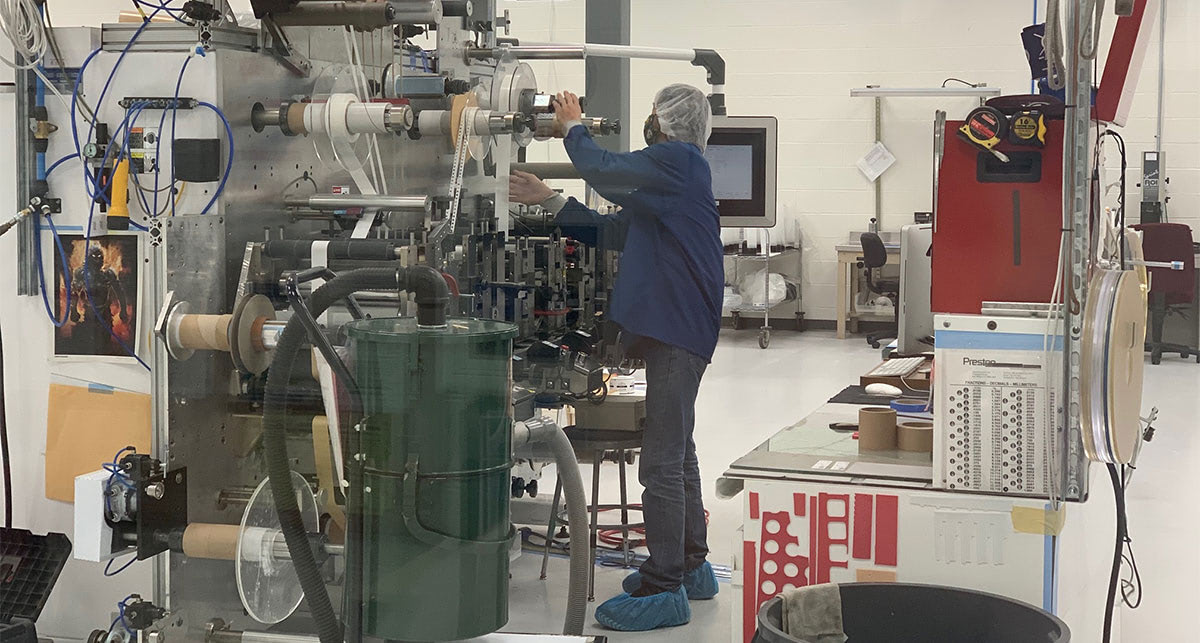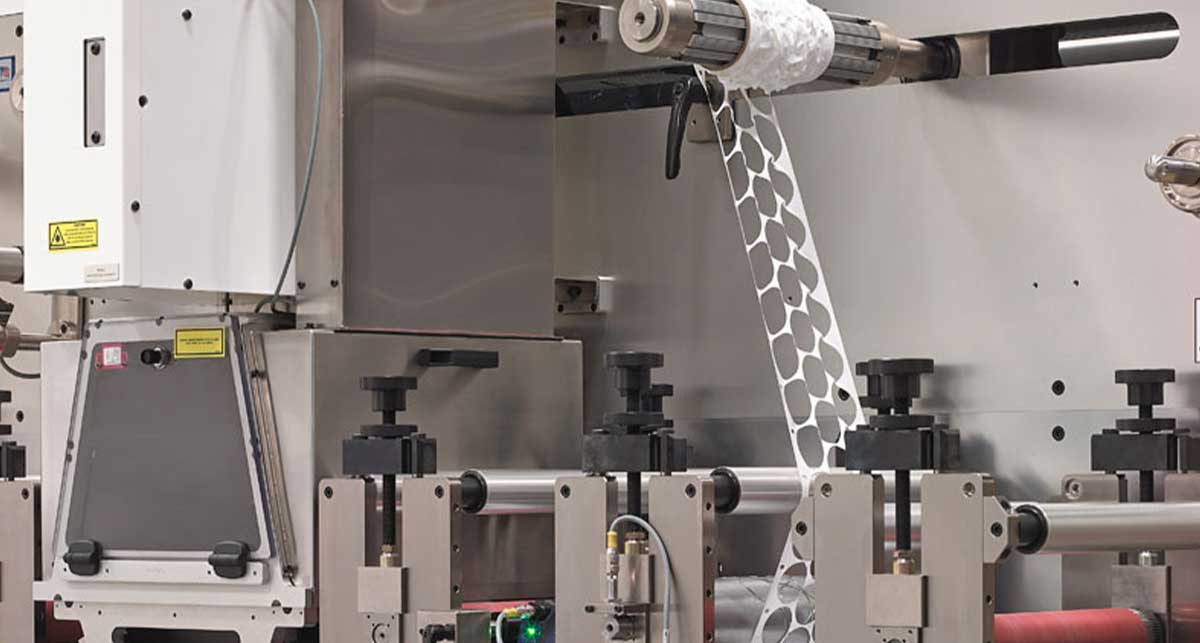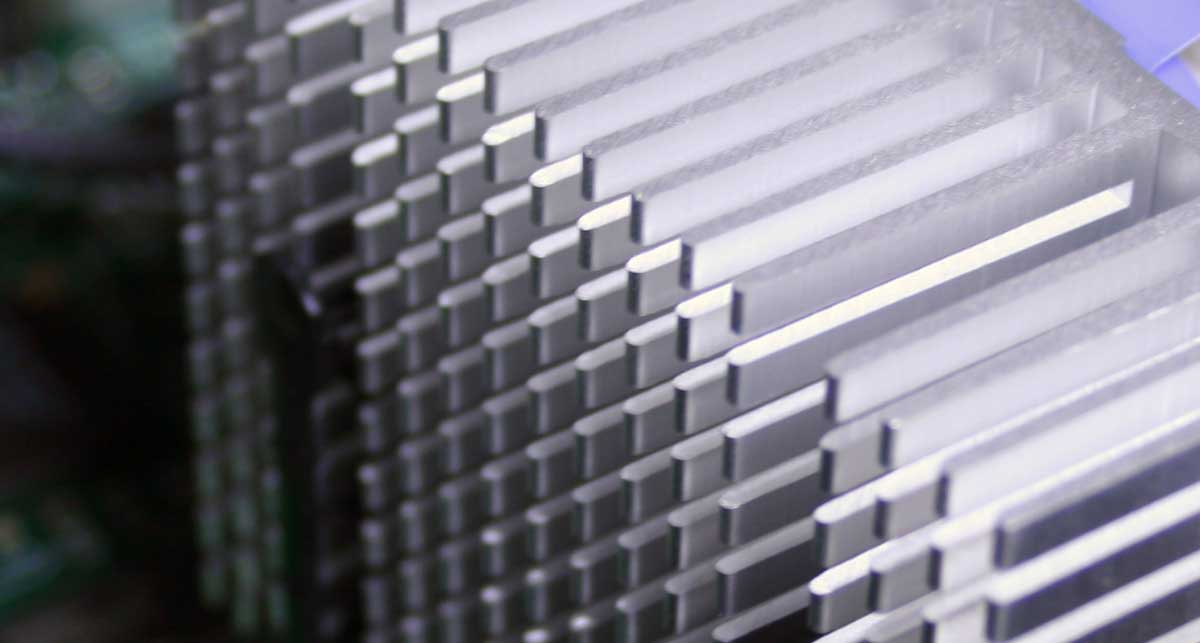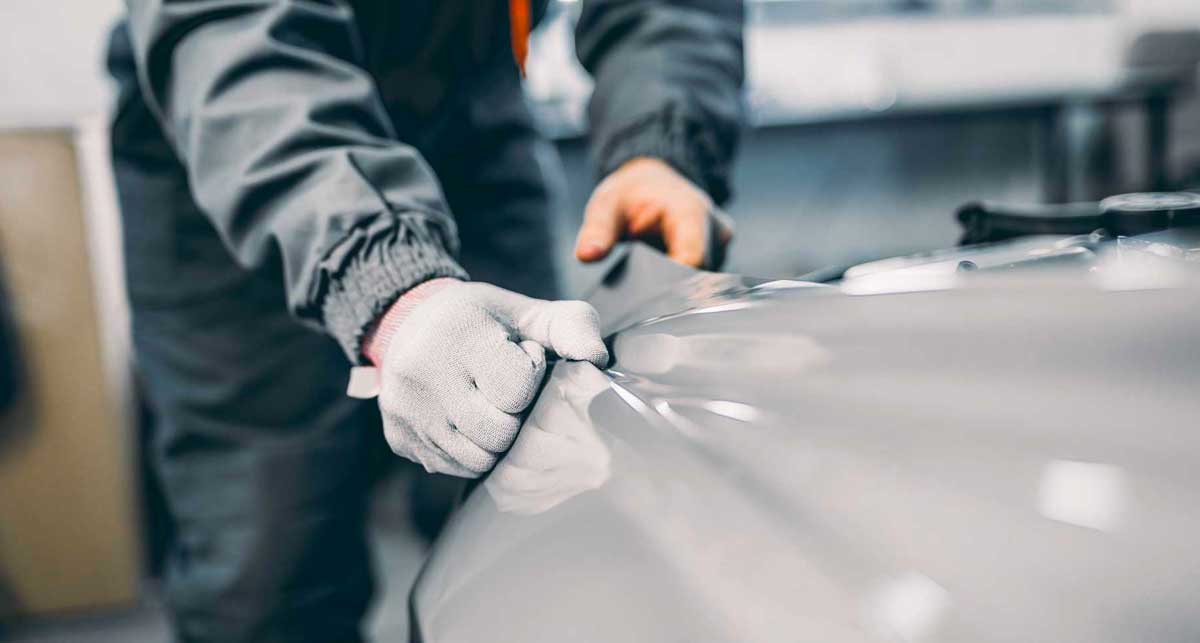Have you ever seen “elongation” listed on a material data sheet?
Finding the right material can be a challenging process, but elongation at break is a helpful factor that will allow you to predict how a material will behave when in use.
As a flexible material converter, Strouse uses percent elongation to predict how materials will move throughout the cutting process on a die cut press.
If you’re hoping to select the most accurate material for your project, then buckle up while we explain a common facet that might make or break the usability of your product.
What is Material Elongation?
Elongation at break, A.K.A. “fracture strain” or “tensile elongation at break,” is the percentage increase in length a material will achieve before breaking.
If you’ve ever been looking through datasheets, you’ve probably seen “Elongation at Break %.”
- “Elongation at Break” is a measurement that shows how much a material can be stretched — as a percentage of its original dimensions — before it breaks.
This is also referred to as percent elongation, which is a measurement of the amount a material will plastically and elastically deform up to fracture. The material's final length is compared with its original length to determine the percent elongation and the material's ductility.
- “Ductility” measures a material's ability to undergo significant deformation before rupture or breaking.
The ductility of material means a lot. A high-ductility material is more likely to deform (but not break!). Low ductility indicates it’s brittle and will fracture easily under a tensile load.
By this point you might be thinking, how do I find the best material for elongation?
Realistically speaking, the best thing you can do is try and understand a material’s physical properties and match it to your ideal performance.
Each custom project has a unique elongation and tensile strength requirement, so intentionally choosing a material to fit your specific application will provide the most value.
HOW IS ELONGATION MEASURED?
Elongation is most often measured using the ASTM D412 test method, a standard test for strip samples of rubber and elastomers.
It’s crucial to measure material elongation in components that absorb energy before deforming plastically (think crash barriers and car bumpers). High elongation to failure is vital for "plastic hinges" (think gate or door hinges where stretching is not an option).
How Does Elongation Affect Flexible Materials?
The ductility of a material depends on its chemical composition, which is important when selecting materials subjected to extreme cold or heat. This affects many masking applications, for instance, so the elongation must be good for the adhesive to withstand the cold.
Similarly, if the flexible material can stretch while it’s being applied to a surface, it helps the applicator mask small corners. These tough-to-reach spots are important to mask so they don’t get exposed during painting.
ELONGATION CASE STUDY
Designers often stretch tape along the contours of a vehicle to create the design they want and indicate changes to make.
Strouse supplies Ford with pressure-sensitive automotive adhesives for some things you might expect:
- Part mounting and attachment
- Prevent buzz, squeak, and rattle (BSR)
- Mask vehicles during the painting process using high-temperature and fine-line masking tapes
- Protect surfaces during assembly and shipment with protective films
Yet, you might not realize that Ford uses Strouse tapes on their clay, full-scale prototypes when designing cars. Tape is perfect for the design team at Ford because it’s easy to handle, can be placed quickly, and is repositionable.
In addition to being stretched, tape can conform to the shapes and curves on the body of a sports car. The flexibility of the adhesive tape gives designers the freedom to communicate their ideas instantly. That’s elongation in action!
The Relationship Between Elongation and Tensile Strength
The tensile strength of a material is how much pulling stress (or tensile stress) a material can take before failing (breaking, deformation, etc.). Elongation is a measure of how material performs under tensile force.
As the pulling stress reaches and passes the tensile strength, the material fractures or breaks. However, when any stress less than tensile strength is removed from a material, it returns to its original shape and size, either completely or nearly completely.
Testing a material’s tensile strength provides information about its ductility and strength. Because it’s a destructive test, it shows how much force a material can take before failing, so tensile strength is essential to elongation. Instead of being stated in a percentage (like elongation), tensile strength is measured in units of pounds per square inch (psi).
Finding the Right Flexible Material
How will elongation in adhesives affect your next project? When you’re ready to start designing, you’ll want to ensure you have the best partner.
Making early mistakes during the design and converter selection process can lead to expensive issues later on. Experienced converters (like Strouse) can help guide you through material selection and ensure your production is optimized.
If you’re worried about choosing the wrong partner (and making a costly mistake), review our checklist, Choosing The Right Converter. It’s a simple, quick read that can prevent a lot of headaches.
Originally published: June 9, 2020
.jpeg?width=290&name=0%20(1).jpeg)






